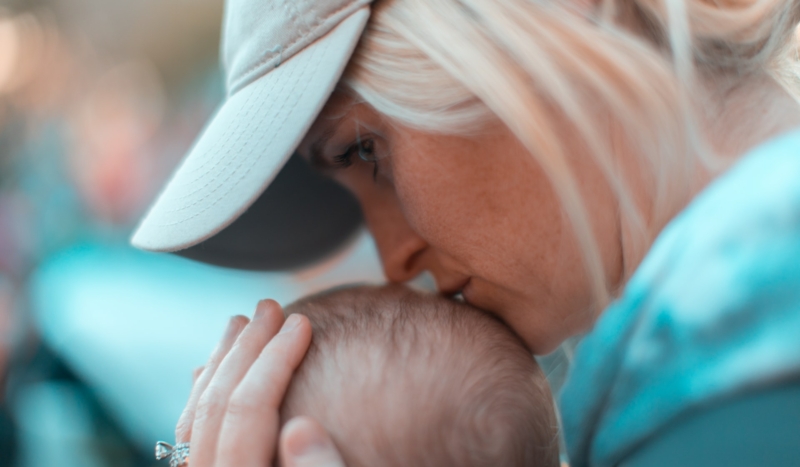
The economic changes brought about by COVID-19 restrictions are spurring American families to rethink childcare, and some believe this could lead to new opportunities.
The Pew Research Center found in Oct. 2020 that among “working parents with children younger than 18 who are in the same job as before the coronavirus outbreak started, a third say it’s now harder for them to balance work and family responsibilities:”
22% of those who do not have minor children say the same. Mothers (39%) are more likely than fathers (28%) to say it’s harder for them to balance work and family responsibilities compared with before the coronavirus outbreak.
This new information is just the latest indicator of a growing phenomenon of women rethinking work and homelife, a trend which the recent economic lockdowns have likely accelerated.
A 2012 survey indicated that a majority of American mothers would like to leave the workforce and stay home with their children.
“…84% of working women told ForbesWoman and TheBump that staying home to raise children is a financial luxury they aspire to,” wrote Meghan Casserly of Forbes. “What’s more, more than one in three resent their partner for not earning enough to make that dream a reality.”
Now, with some schools closed for a whole academic year, families across the country have had to adjust, sometimes by turning from two-income households, with mothers and fathers both working while their children are away at school, to single-income households, in which one parent stays home with the children while the other works.
According to more recent studies, the parent who stays home in these cases is often the mother. A Sept. 2020 study from LeanIn.org reported that “1 in 4 women are contemplating … downshifting their careers or leaving the workforce,” in part because of school closures and economic woes related to COVID-19 lockdowns.
Tragedy or Opportunity?
Many political figures and feminist commentators often decry this trend as a calimity and a setback for women. But others are taking the opportunity to set aside ideology and tune in to what American women say they want for themselves and their families.
“At a moment in history when the American conversation seems to be obsessed with bringing attention to women in the workplace,” wrote Meghan Casserly of Forbes in 2012, “it seems a remarkable chasm between what we’d like to see (more women in the corporate ranks) and what we’d like for ourselves….”
Jon Schweppe, Director of Government Affairs for the American Principles Project, sees more opportunity than tragedy in the current cultural shifts.
“Too often, we get caught up in the idea that having two parents work is the ideal,” Schweppe told CatholicVote Wednesday:
That’s not necessarily the case. There are plenty of circumstances where a secondary income earner might prefer to stay at home with the kids. We should be promoting policies that provide families with the flexibility to choose that option whenever we can.
In the midst of political debates over how to address the fallout from COVID-19 lockdowns, there is perhaps more opportunity now than ever to shape policy to match the goals of American families.
Editorial Note: Due to an error, a previous version of this article was missing several introductory paragraphs and presented a 2012 survey as a 2021 survey.
